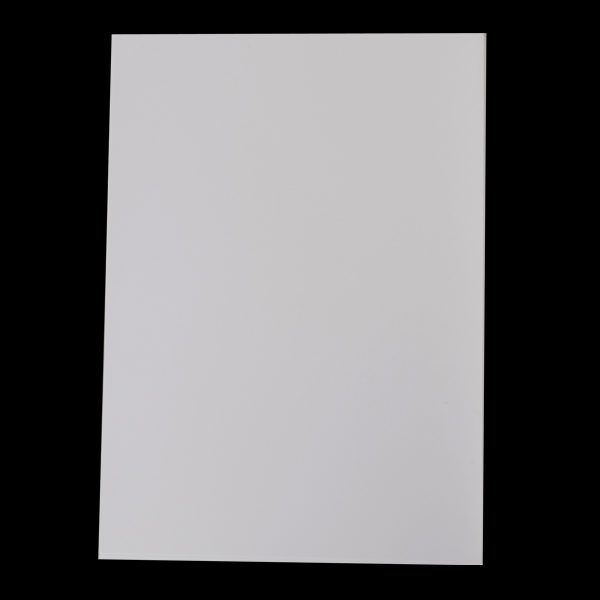
In the digital age, the printer has become an indispensable tool in our daily lives, from offices to homes, schools to businesses. But have you ever wondered how a printer prints paper? This article will delve into the intricate process of how a printer transforms digital data into a physical copy.
The printing process can be divided into several stages: data processing, ink application, and paper handling. Each stage involves complex mechanisms and technologies that work together seamlessly to produce the final printed output.
Data Processing: The Birth of the Print Job
The printing process begins when a computer sends a print job to the printer. The printer driver, a software that acts as a translator, converts the data into a language that the printer can understand. This language, known as Printer Control Language (PCL) or PostScript, describes the text and graphics in vector or raster form.
Ink Application: The Heart of the Printing Process
Once the data is processed, the printer applies ink to the paper. There are two main types of printers: inkjet and laser.
Inkjet printers spray tiny droplets of ink onto the paper. The print head, which houses hundreds of microscopic nozzles, moves back and forth across the paper, releasing ink droplets in the precise pattern of the print job. The ink is either dye-based for vibrant colors or pigment-based for longevity and water resistance.
Laser printers, on the other hand, use a more complex process. They employ a laser beam to create an electrostatic image of the print job on a photosensitive drum. The drum then picks up toner (a powder form of ink) and transfers it onto the paper. The paper passes through a fuser, a pair of heated rollers, that melts the toner and fuses it permanently onto the paper.
Paper Handling: The Final Stage
The last stage of the printing process is paper handling. The printer feeds the paper from the paper tray, aligns it correctly, and guides it through the print path. After the ink application, the paper is ejected onto the output tray, completing the printing process.
The printer's ability to handle different types of paper - from plain paper to glossy photo paper, cardstock to envelopes - depends on its paper handling specifications. These specifications include paper size, paper weight, and paper capacity.
In conclusion, the process of how a printer prints paper is a fascinating blend of software, hardware, and technology. It's a testament to human ingenuity and the relentless pursuit of technological advancement. So, the next time you print a document, take a moment to appreciate the intricate process that brings your digital data to life.

